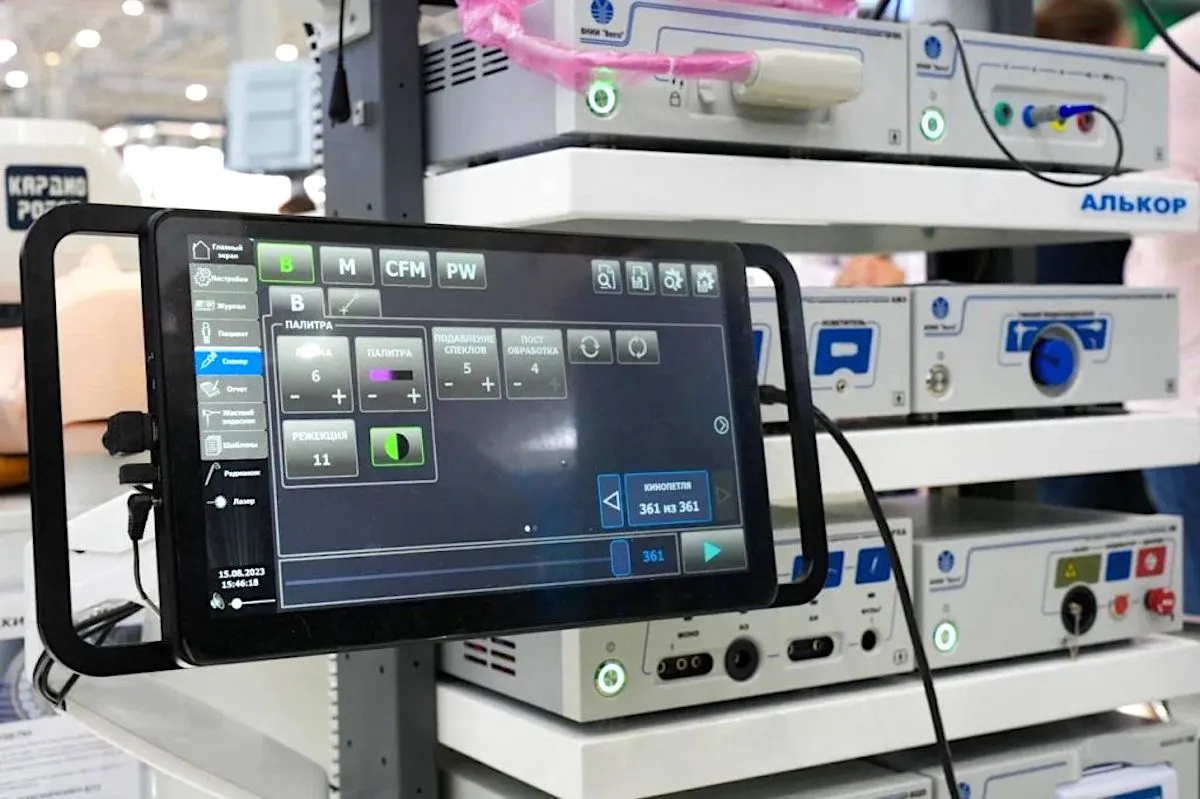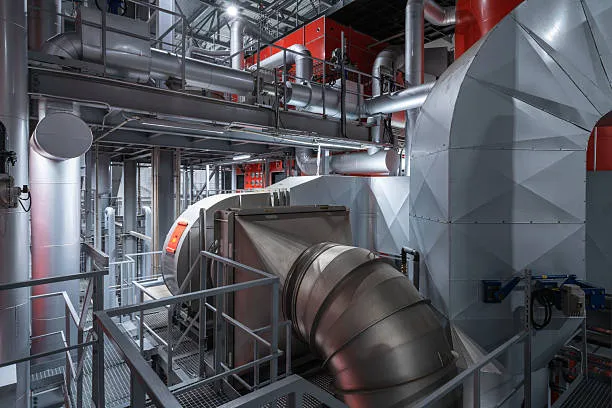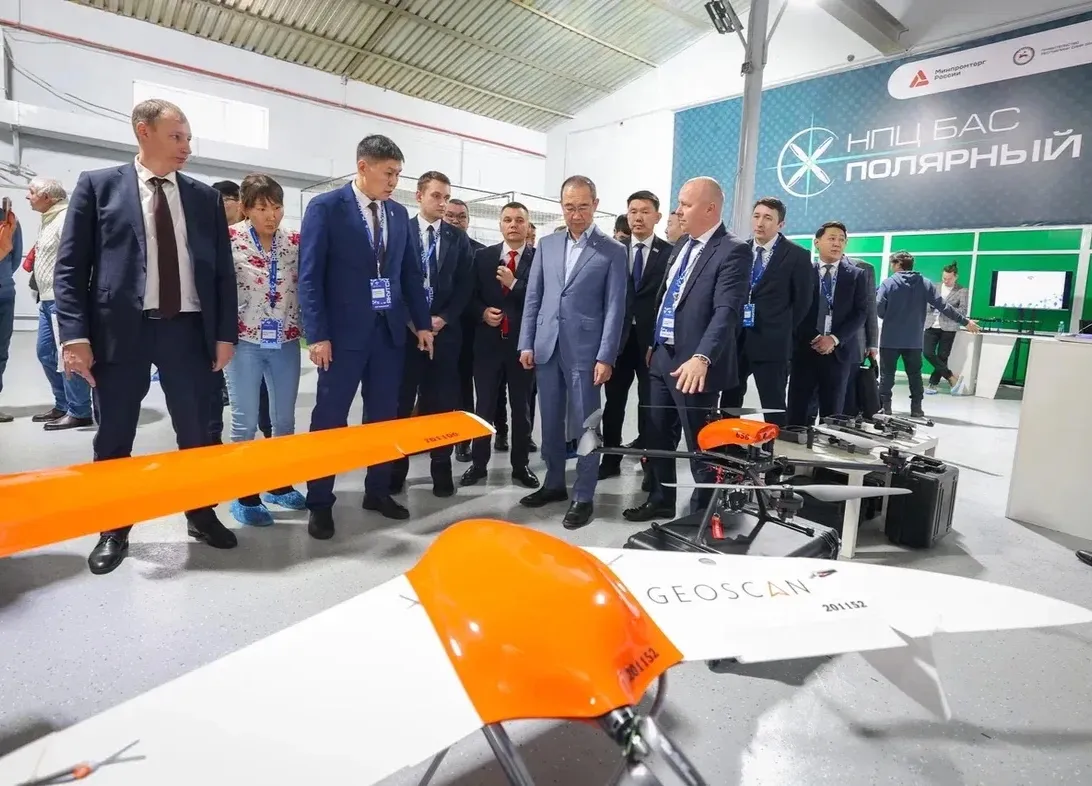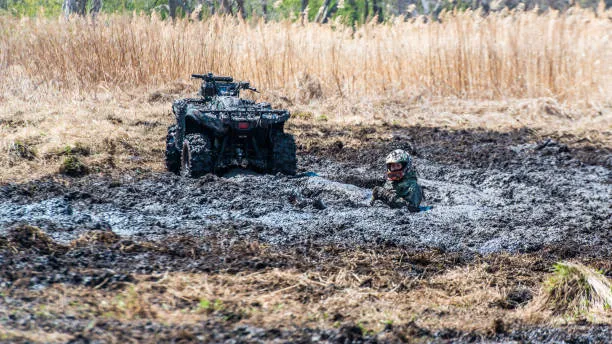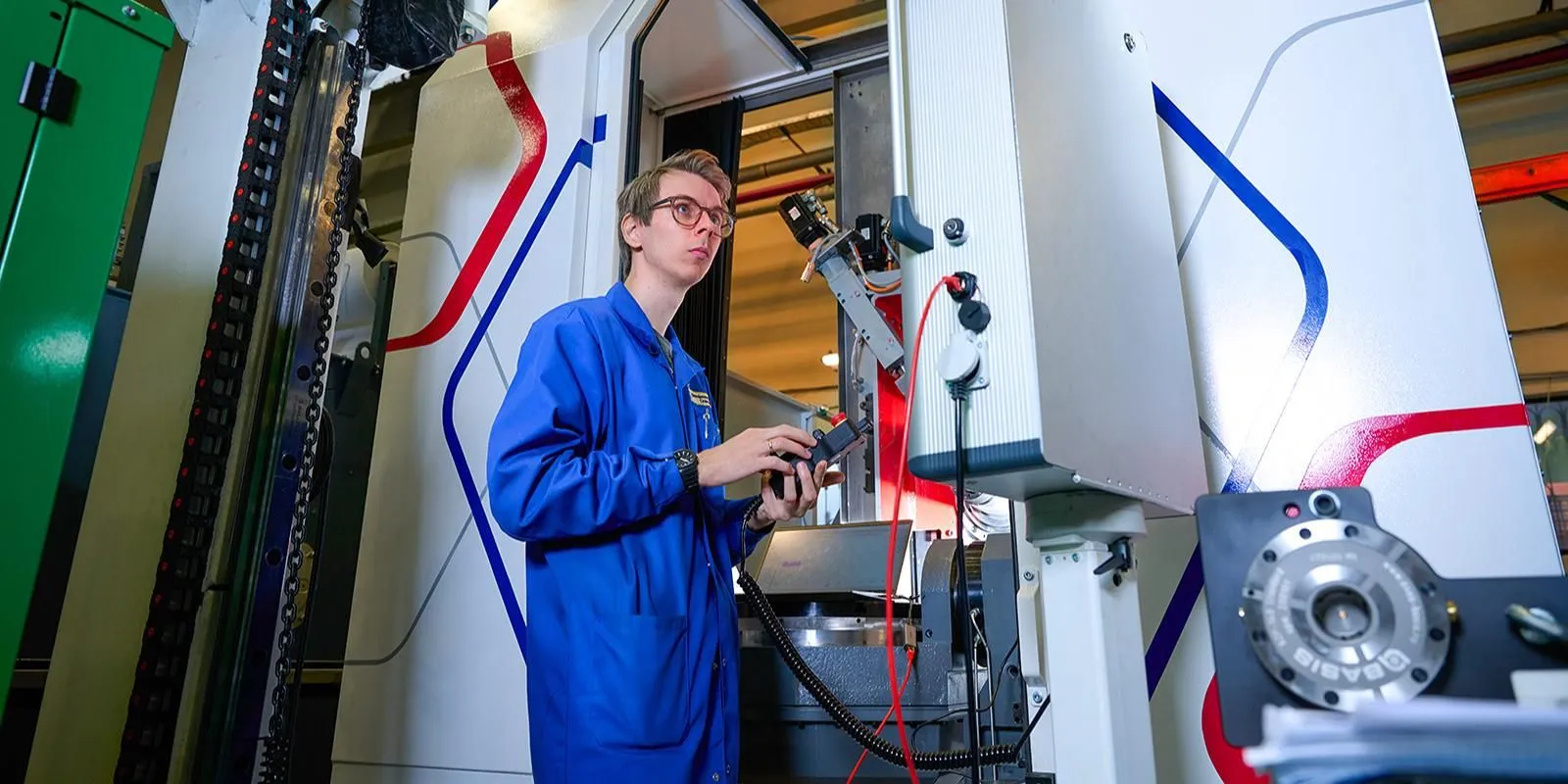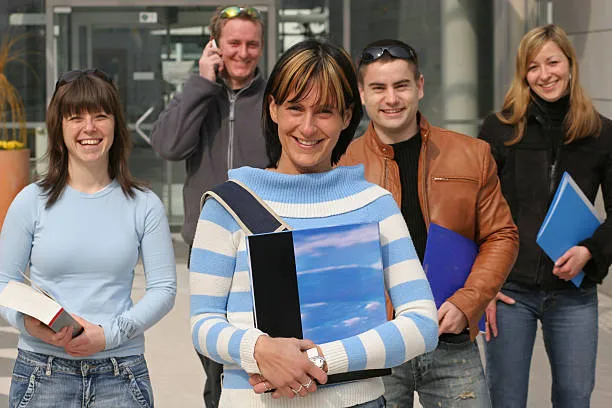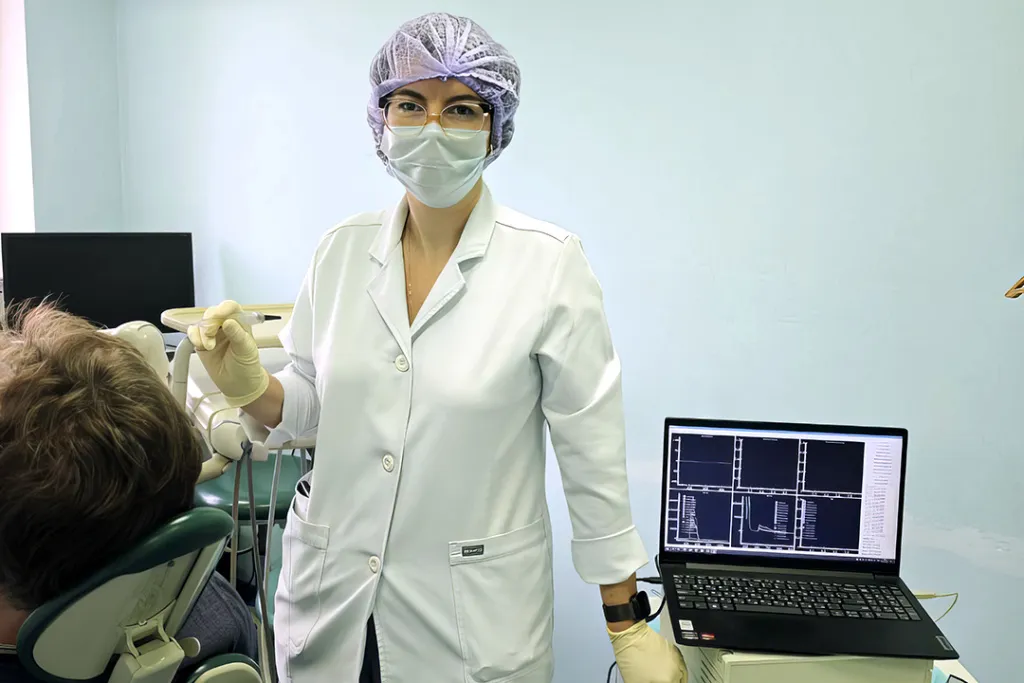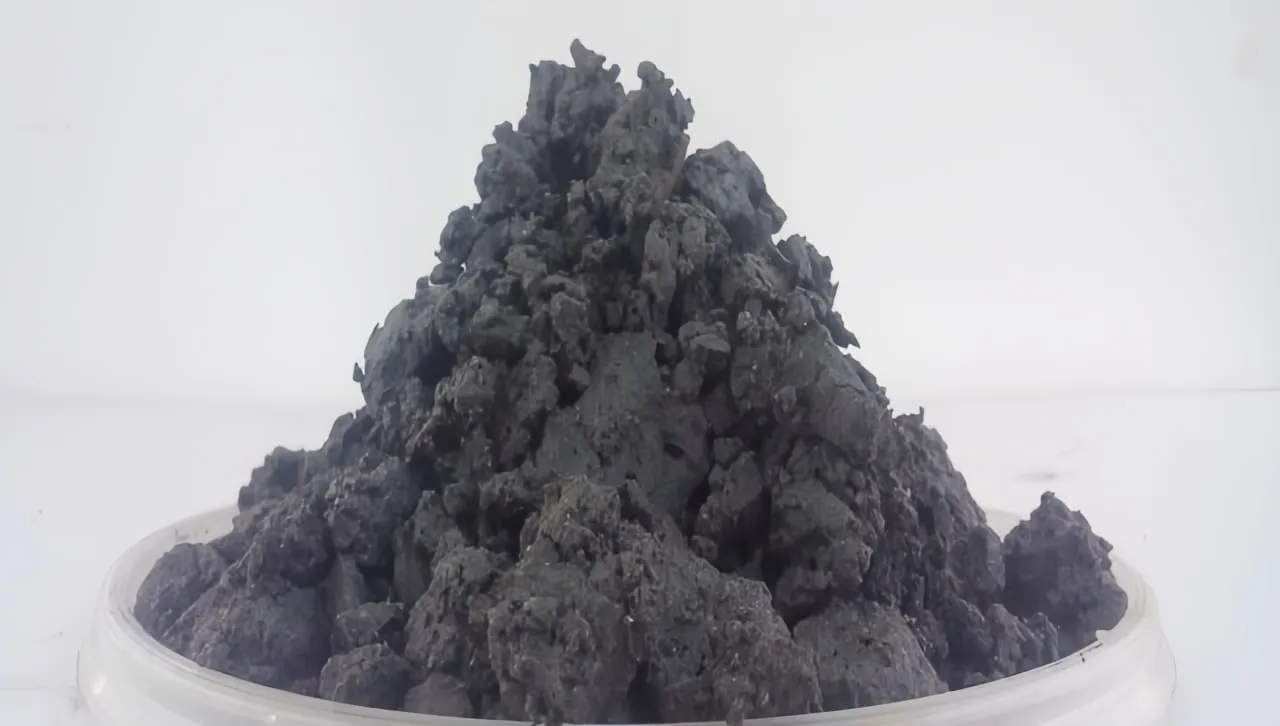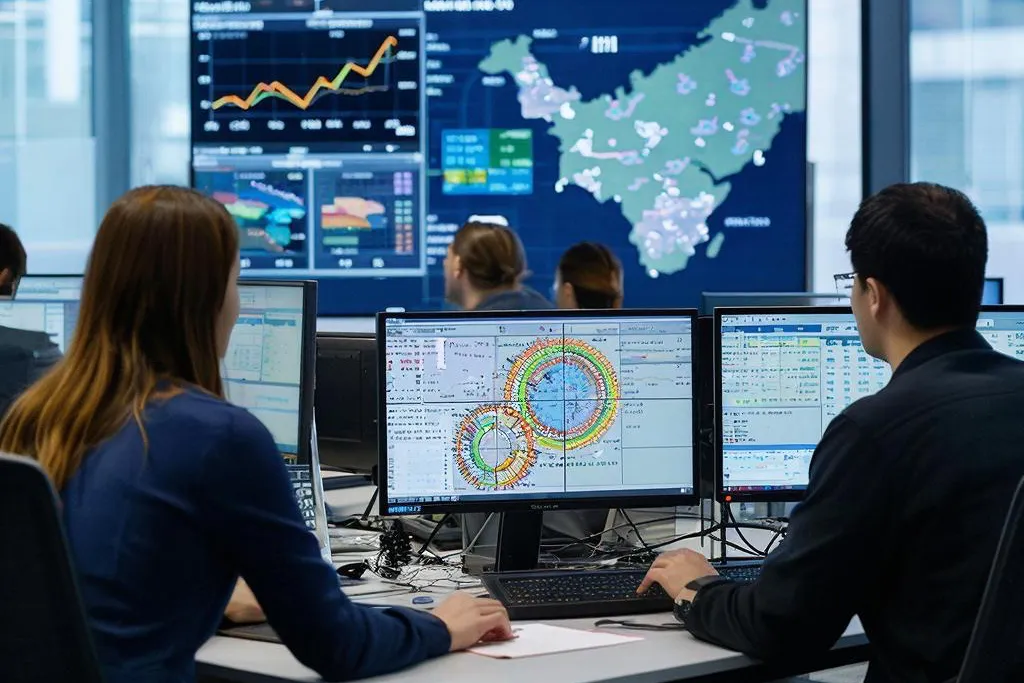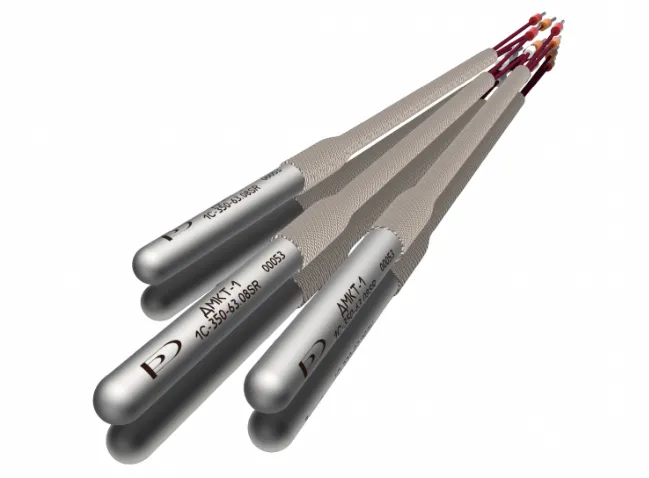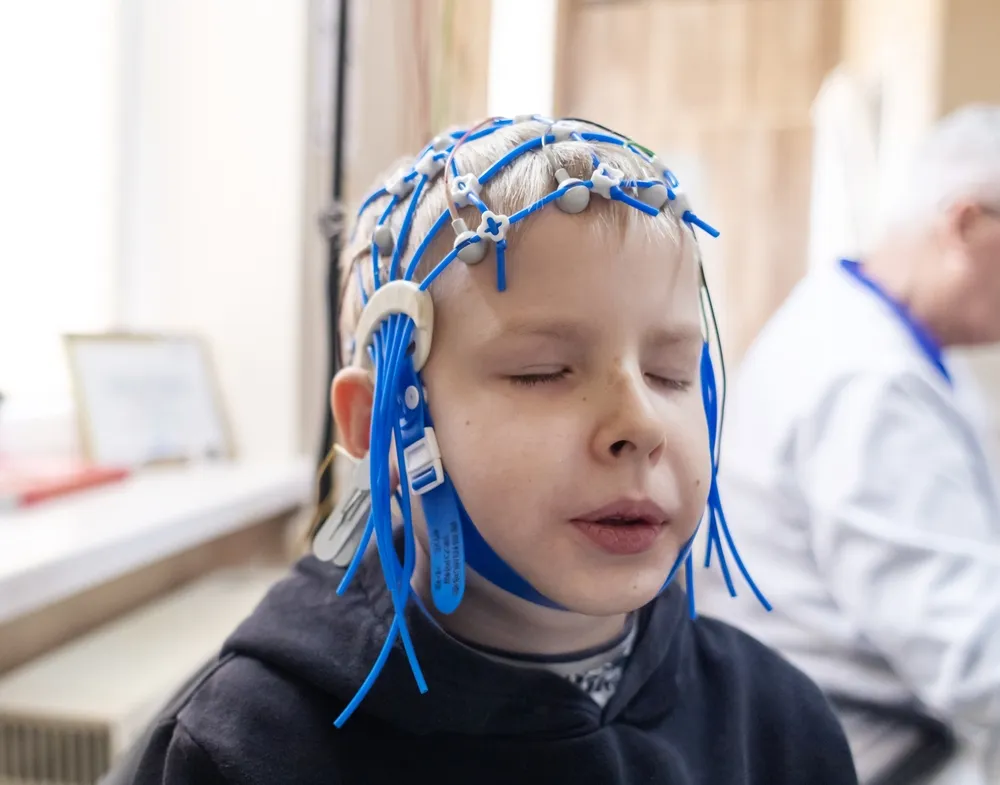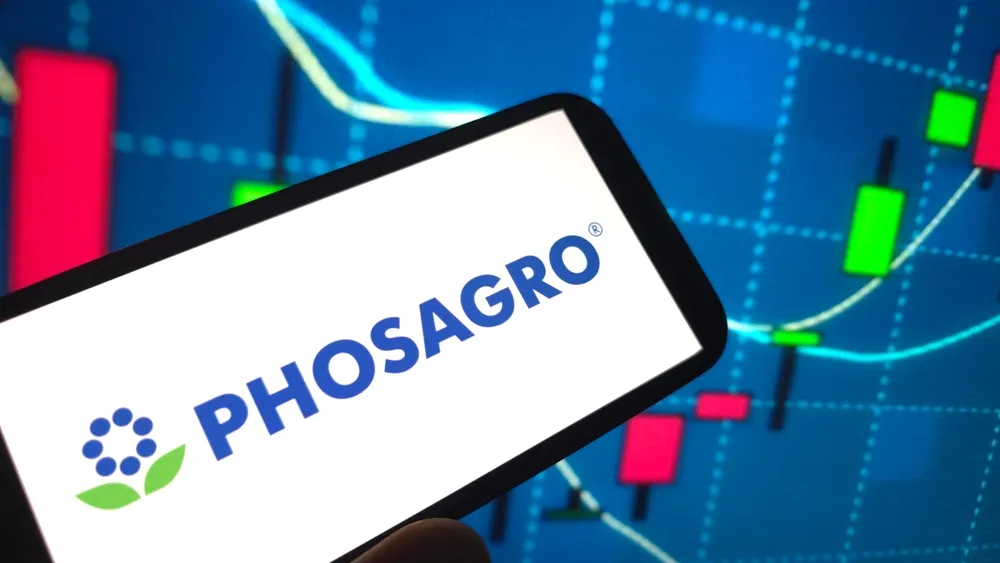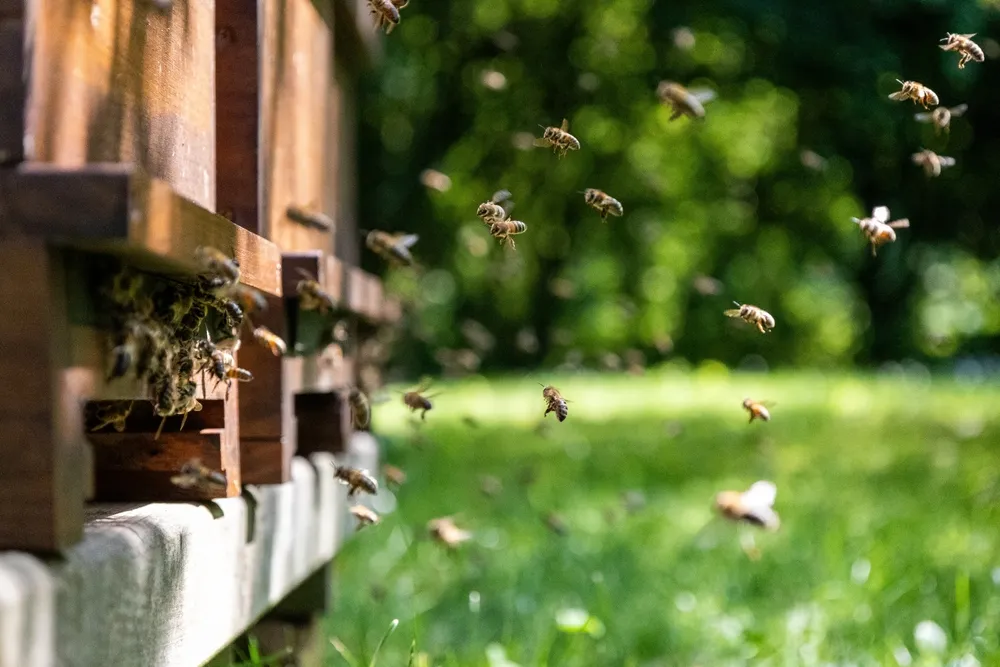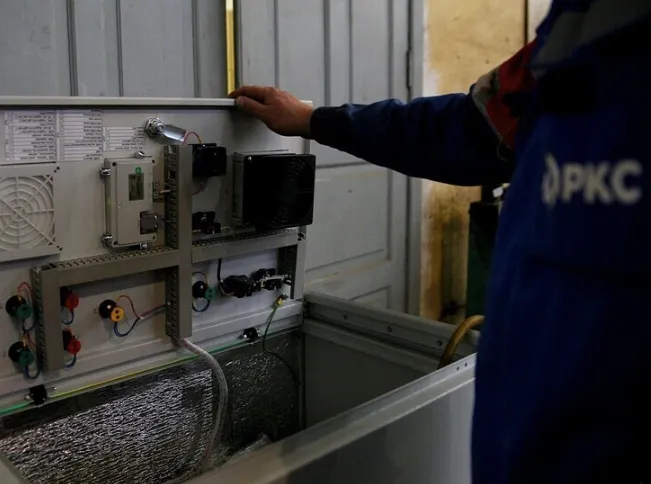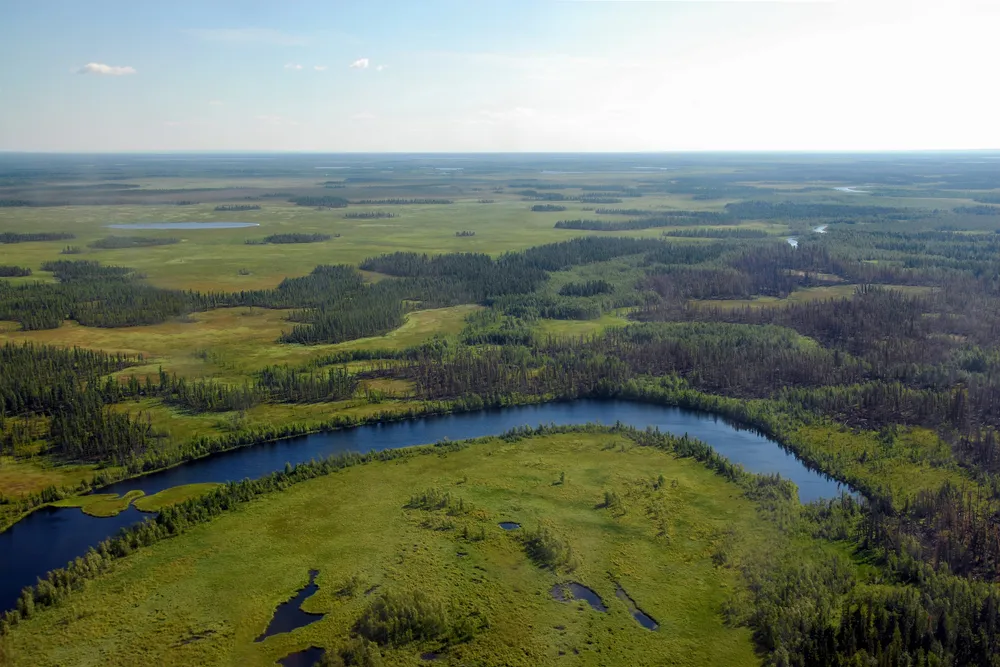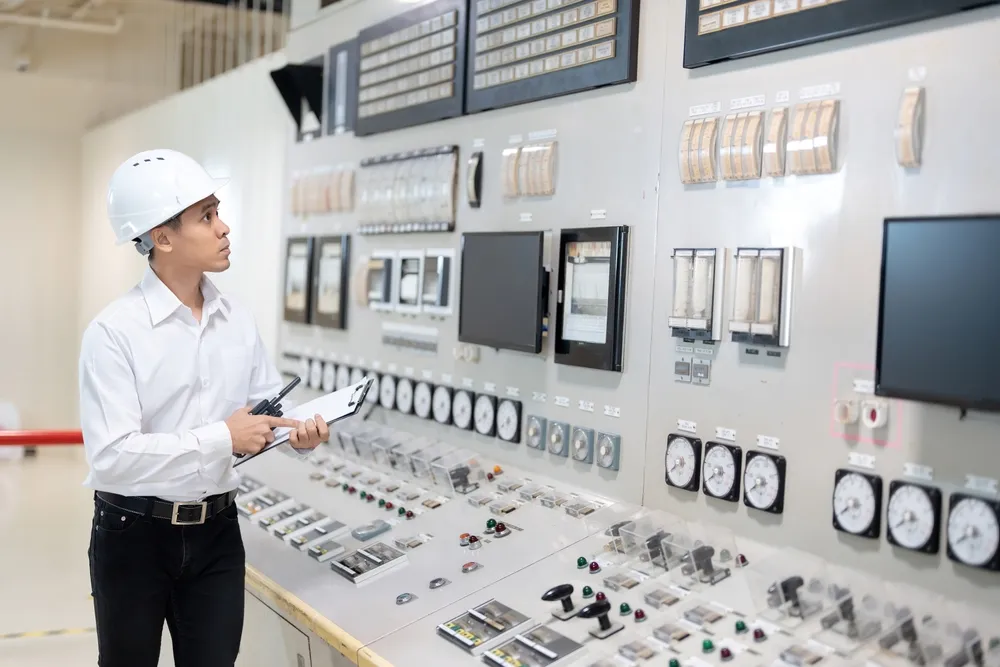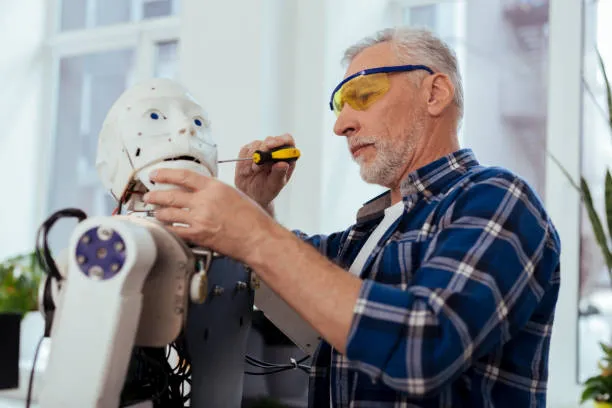Russian Lab Unveils AI‑Driven Web Platform for Real‑Time Crop Emergence and Weed Mapping
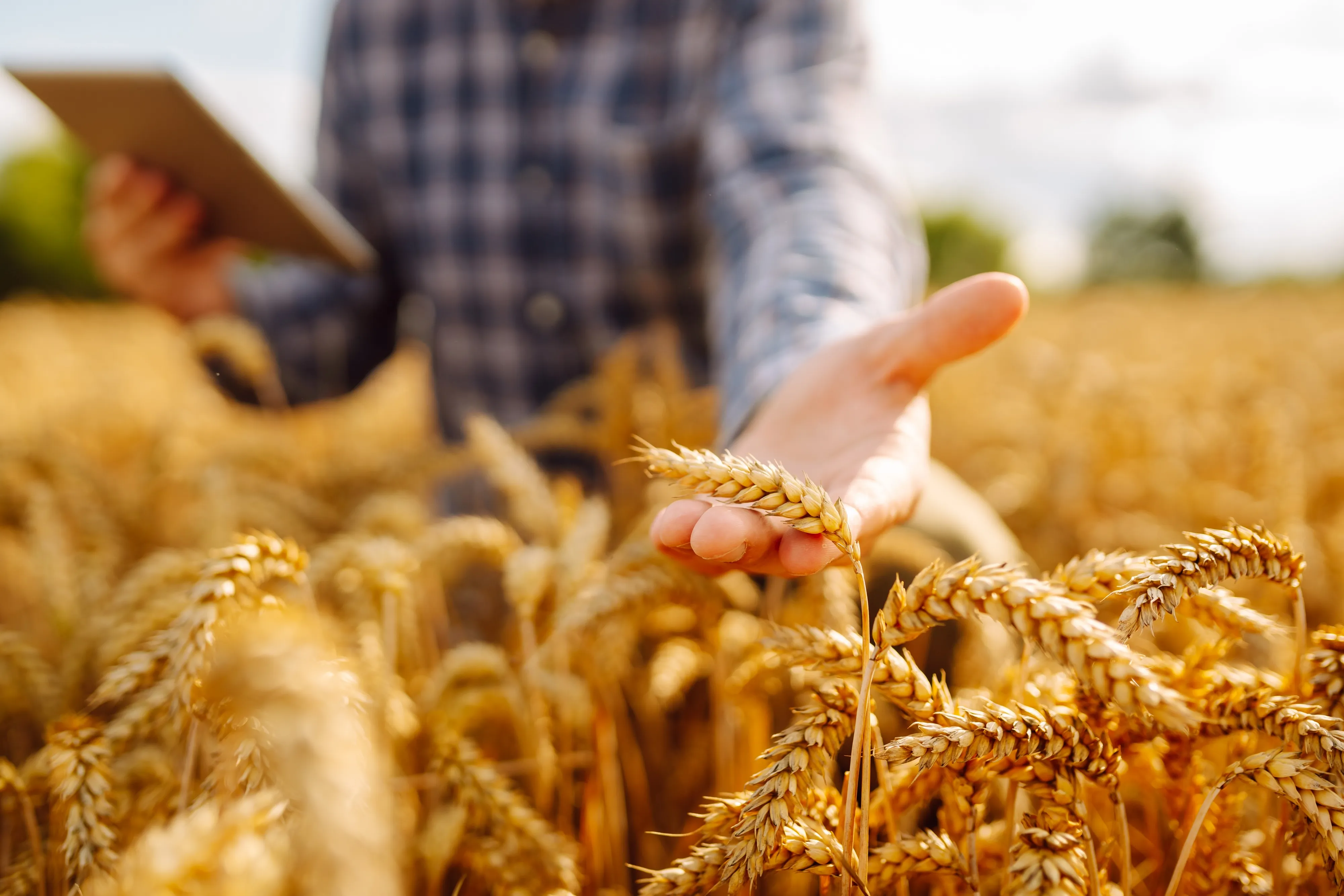
Don State Technical University researchers have built a digital heatmap that gives agronomists real‑time insight into crop emergence and weed coverage — cutting field visits and boosting productivity by up to 40%.
A research team at Don State Technical University’s Laboratory for Modeling and Development of Intelligent Technical Systems in Agriculture has created a web‑based platform designed to assess the condition of sowing areas across Russia. By processing aerial and ground‑based geodata, the system delivers a comprehensive picture of seedling emergence and weed density, allowing agronomists to evaluate threats to their fields in real time. This approach dramatically reduces the need for boots‑on‑the‑ground inspections, saving both time and resources.
At the heart of the new platform is an interactive heatmap that displays weediness and emergence scores for every sector of a field. Agronomists can use this visual tool to decide when — and where — to apply herbicides or fertilizers, optimizing input costs, minimizing crop losses, and ultimately enhancing yields.
To build the platform, the researchers trained ten different neural network models on extensive field data. They selected the model that demonstrated over 80% accuracy and the best overall performance. Currently, two data‑collection systems — one aerial, one terrestrial — are being developed to feed the platform with high‑resolution geospatial information.
According to the development team, this domestic solution will replace labor‑intensive and often subjective traditional methods of agro‑monitoring. The platform is expected to be particularly effective on large tracts of land and, by acting as an “AI assistant” for agronomists, to boost their productivity by at least 30– 40%.
By improving both the precision and speed of agronomic decision‑making, this web platform promises to support sustainable growth in crop yields while reducing the environmental footprint of chemical inputs.




